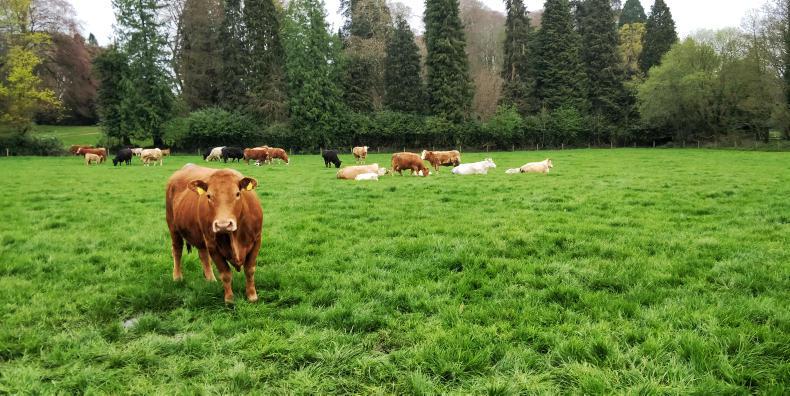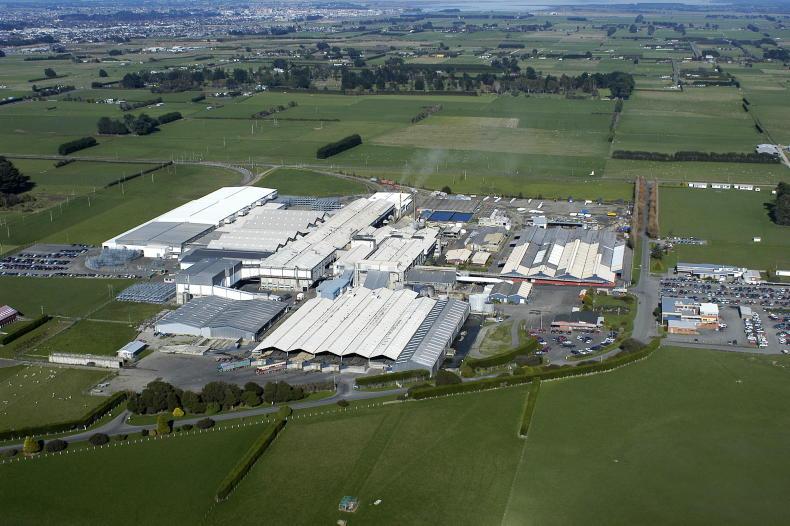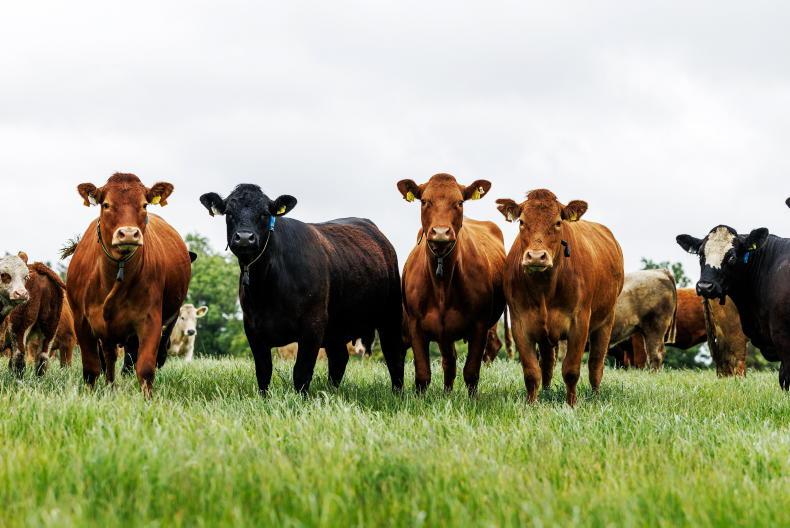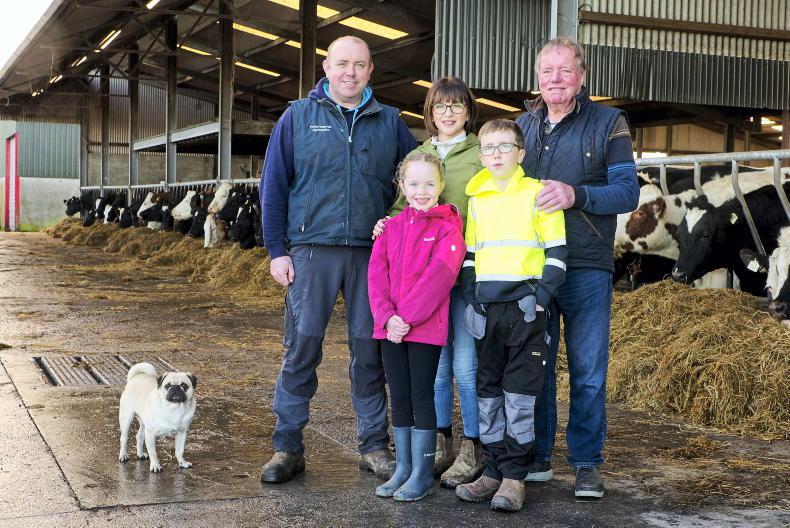Teagasc hosted a suckler breeding event in Kildalton College on Friday in which they reported on the performance of their suckler herd.
The event provided a step-by-step performance report from getting the cows in-calf right the way through to selling the finished cattle to the factory.
Production costs
One of the more passionate debates that developed was about whether there was any point looking at breeding and production issues when beef price is so poor.
The absence of any uplift in cattle prices this spring has left farmers in despair and in the southeast, where there has been a large switch from sucklers to dairying, morale among remaining sucker and beef farmers is low.
Unfortunately from a farmer’s point of view, markets and selling price is the one part of the business farmers can do least about. What the cattle get when leaving the farm is outside the farmer's control, with the only options being the factory or mart and the possibility of cattle being exported live.
Even this second option of live exports is more theoretical than practical given the tiny numbers leaving the country this way compared with going to the factory.
Managing the business
The Teagasc message was very much about addressing the factors that can be controlled by the farmer and is summed up as getting the most beef produced as quickly as possible with the minimum of input costs.
While farmers lose control of the animal when it goes through the factory gate, its market value when it goes out the other side as beef cuts is very much shaped by what the farmer has done from breeding the animal right through to the finishing process.
The grid was a step in the right direction but it could go much further
It is one of the great weaknesses of factory cattle-buying policy that cattle producing beef cuts for the highest value markets aren’t properly rewarded in the market place.
The grid, now in place for a decade, was a step in the right direction but it could go much further.
Size matters
Maximising the value of the beef carcase is about breaking it down into its component parts and selling each in the highest-value market.
Over half the carcase currently is used for mincing and consumed either as burgers or as an ingredient in a beef-based product, for example, lasagne, bolognese or chilli con carne.
This type of beef is very much globally traded and most forequarter cuts are worth as much or more outside the EU than inside it.
The UK is consistently the highest-value market in the EU for roasting beef cuts such as topsides and silversides, while the steak market is strong across western Europe.
These markets do not want large steaks and the wholesale value of striploins can be halved if they miss entry to the top-end retail markets.
Therefore, despite how pleasing shapely large beef cattle may be to the eye, they are not worth as much when the beef is in a retail pack. The sweet spot for cattle is between 320kg and 360kg with very limited opportunity for anything over 400kg.
Age
Age is another issue that affects the traditional Irish system of storing cattle while they grew the frame and finishing them approaching three years old. The growing markets in Asia, including China and Japan, which will develop for Ireland in coming years, only take beef from cattle that are under 30 months.
Many cattle are already finished at well under 30 months, with Teagasc achieving 408kg average at 24 months on steers.
Of course the reduced age of finishing contributes to reducing the greenhouse gas emissions as well.
The bottom line for beef producers that it isn’t an either/or question when it comes to factory price or managing production.
Factory prices are poor and depressing for farmers but it is essential to manage the farm in a way that maximises beef produced while minimising input costs.










SHARING OPTIONS